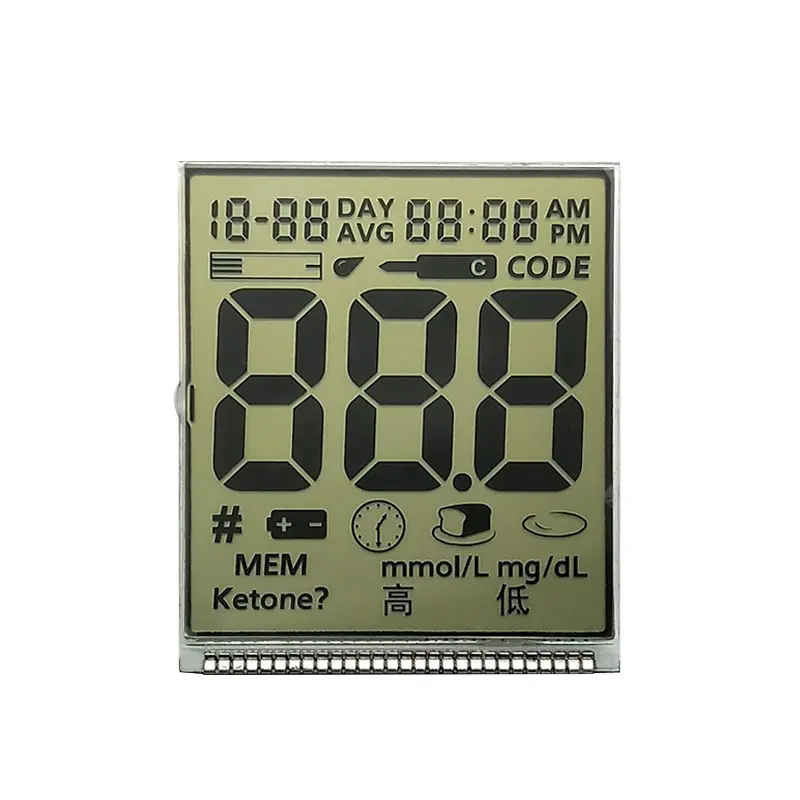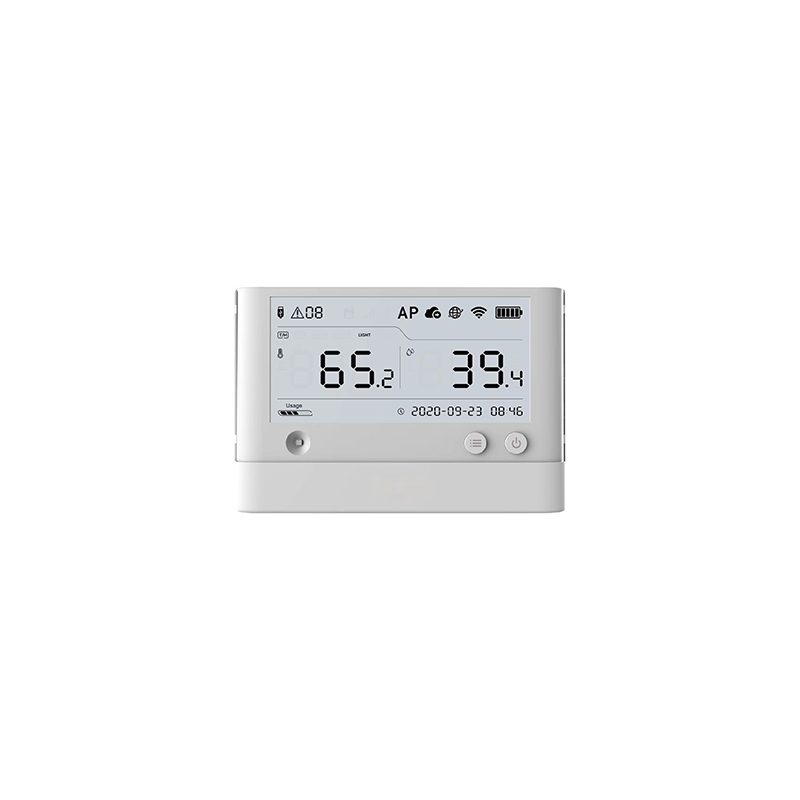
This guide explores the top mini LCD screens available, considering factors like size, resolution, brightness, and application. We'll delve into the key features to look for when choosing a mini LCD, helping you make an informed decision based on your specific needs. Learn about various types, common uses, and discover which best mini LCD fits your project perfectly.
The ideal size and resolution of your mini LCD depend heavily on its intended use. For smaller applications like portable devices or embedded systems, a smaller screen with a lower resolution might suffice. However, for applications requiring more detail, a larger screen with a higher resolution will be necessary. Consider the viewing distance and the level of detail needed when selecting the right screen size and resolution for your project.
Brightness and contrast are critical for visibility, especially in environments with varying lighting conditions. Higher brightness is essential for outdoor use or bright indoor settings, while good contrast ensures crisp text and images. Check the specifications of the best mini LCD for your specific lighting requirements.
Different mini LCD screens utilize various interfaces for connection, such as SPI, I2C, and parallel interfaces. Compatibility with your microcontroller or other control system is crucial. Ensure you choose a screen with an interface compatible with your existing hardware.
For battery-powered applications, power consumption is a vital consideration. Look for mini LCD screens with low power requirements to extend battery life. The specifications will usually list the power consumption in milliamps (mA).
TN mini LCD screens are generally the most affordable option. They offer fast response times, but their viewing angles are limited and color reproduction can be less vibrant compared to other technologies. They are a cost-effective choice for simple applications.
IPS mini LCD screens boast wide viewing angles and excellent color accuracy. They are ideal for applications where color fidelity is crucial, but they often have slower response times and higher power consumption than TN panels. For applications needing accurate color representation, IPS is a great choice.
Other technologies, like VA (Vertical Alignment) and OLED, are also available in mini LCD formats. VA panels provide good contrast and black levels, while OLEDs offer superior contrast and deeper blacks. However, these options may be more expensive.
While we can't provide specific product recommendations without knowing your exact needs, you can find high-quality mini LCD screens from reputable manufacturers. Remember to thoroughly research individual models to ensure they meet your requirements. We highly recommend checking out Dalian Eastern Display Co., Ltd. for a wide selection of displays. They offer a wide range of customizable solutions for various applications.
Selecting the best mini LCD involves carefully considering several factors, including size, resolution, brightness, interface, and power consumption. By understanding the differences between various technologies and their suitability for specific applications, you can choose the perfect mini LCD screen for your project.
| Feature | TN | IPS | VA |
|---|---|---|---|
| Response Time | Fast | Slow | Medium |
| Viewing Angle | Narrow | Wide | Wide |
| Color Accuracy | Average | Excellent | Good |
| Cost | Low | Medium-High | Medium |












